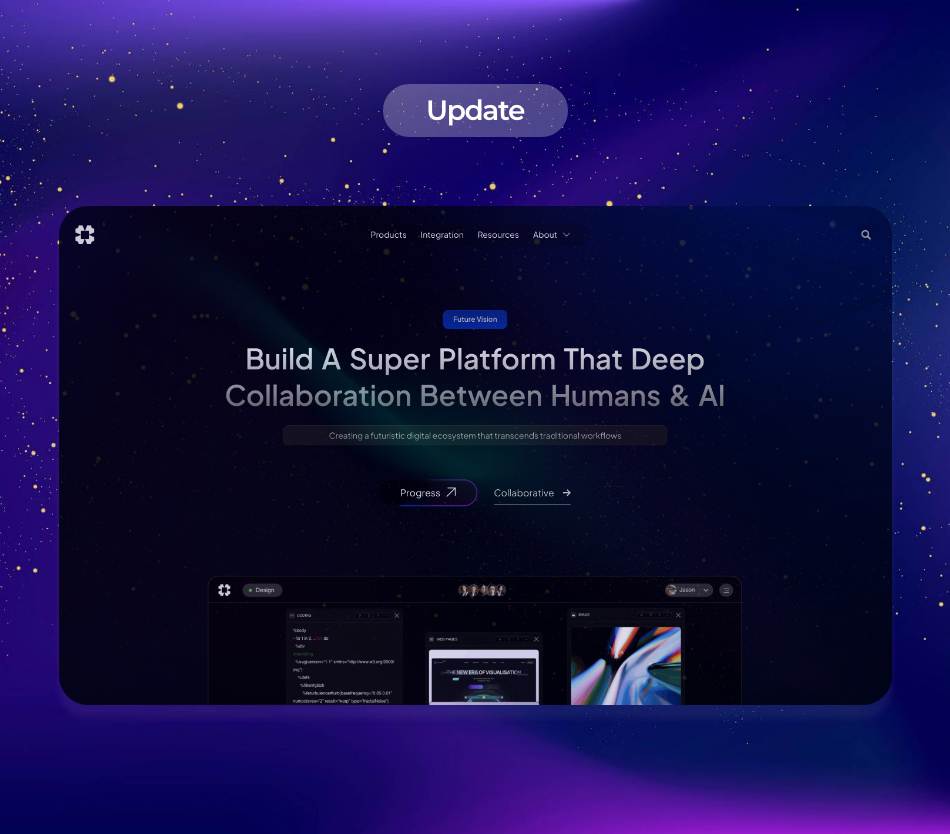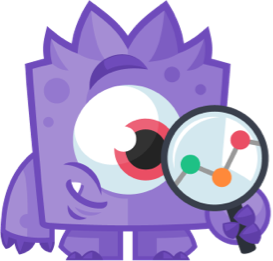The rapid evolution of artificial intelligence (AI) technologies is fundamentally transforming various industries by streamlining processes and boosting productivity. Central to this transformation are AI tools for automation, designed to bolster efficiency, reduce human error, and free up valuable time for employees to focus on higher-level tasks. In this article, we will explore the latest news, trends, and solutions surrounding AI-driven automation tools, along with insights into AI-enabled intelligent systems that enhance employee productivity across industries.
.
### The Rise of AI Tools for Automation
The global market for AI tools for automation is expected to surge significantly over the coming years. According to a report by Fortune Business Insights, the AI market is projected to reach $390.9 billion by 2025, with automation being a key growth driver. Businesses are increasingly adopting these tools to streamline operations, improve customer service, and gain a competitive edge, leading to a broader acceptance of AI technologies across sectors such as healthcare, finance, manufacturing, and retail.
.
### Key Features of AI-Driven Automation Tools
AI-driven automation tools come with a variety of features that enhance their effectiveness and applicability in the workforce. These features include:
1. **Natural Language Processing (NLP)**: This technology enables machines to understand and respond to human language, facilitating smoother interactions between employees and AI systems. NLP is critical for chatbots and virtual assistants that provide customer support, streamlining communication and ensuring quick resolutions to inquiries.
2. **Machine Learning Algorithms**: Machine learning allows automation tools to improve over time based on historical data. This capability means that AI systems can predict outcomes and optimize processes for increased efficiency. For instance, in manufacturing, predictive maintenance tools analyze equipment data to forecast failures, minimizing downtime.
3. **Robotic Process Automation (RPA)**: RPA refers to the use of software robots to handle rule-based tasks. Common applications include data entry, invoice processing, and report generation. By automating these repetitive functions, businesses can refocus their human resources on tasks that require critical thinking and creativity.
4. **Integration with Existing Systems**: Modern AI tools for automation are designed to integrate seamlessly with existing enterprise solutions, allowing businesses to enhance productivity without overhauling their entire infrastructure.
.
### AI-Enabled Intelligent Systems: A Game Changer
AI-enabled intelligent systems take the functionalities of traditional automation tools a step further. They not only automate tasks but also analyze data and make informed decisions, effectively acting as digital assistants to human employees. This is especially salient in fields like finance, where AI systems can analyze market trends in real-time and provide strategic recommendations based on predictive analytics.
These intelligent systems are equipped with rapid data processing capabilities, enabling them to manage vast amounts of information far quicker than human counterparts. For example, in the healthcare sector, intelligent systems can analyze patient records and recommend personalized treatment plans, leading to higher treatment success rates and better patient outcomes.
.
### Case Study: Implementation in Industry Sectors
1. **Manufacturing**: AI tools are being utilized extensively in manufacturing environments to enhance operational efficiency. For instance, General Motors has successfully implemented AI-driven automation systems that optimize supply chain management and production scheduling. The company reports an increased output due to reduced lead times and enhanced production precision.
2. **Healthcare**: AI tools in healthcare are not just limited to administrative tasks. Telemedicine platforms use AI-enabled systems to assess patient symptoms and recommend suitable care paths. A case in point is PurpleSun, which employs AI to analyze microbiome data, assisting dermatologists in making informed treatment decisions.
3. **Financial Services**: Banks and financial institutions are overhauling customer service operations by integrating AI-driven chatbots. These intelligent systems can handle numerous customer inquiries simultaneously, from balance checks to loan applications, leading to improved service delivery and reduced waiting times.
4. **Retail**: Marketplaces like Amazon leverage AI for dynamic pricing and personalized marketing, ensuring customers receive relevant recommendations based on their shopping habits. AI tools analyze vast datasets to gauge demand fluctuations and adjust prices accordingly, maximizing sales opportunities.
.
### Boosting Employee Productivity through AI
The integration of AI tools directly correlates with increased employee productivity. As tedious, repetitive tasks are automated, employees can shift their focus toward creative problem-solving and customer engagement, activities that typically require human intuition and emotional intelligence.
Research conducted by Forrester indicates that businesses using AI tools to automate processes can expect productivity gains of up to 40%. Employees now have more time to innovate, strategize, and collaborate, allowing for a more competitive organizational culture.
Moreover, AI-driven analytics tools provide valuable insights into employee performance. For instance, platforms like Asana employ AI features that analyze task completion times, helping team leaders identify bottlenecks and resource allocation issues. This real-time feedback loop empowers companies to adapt swiftly to changing needs and challenges.
.
### Addressing Challenges and Misconceptions
Despite the promising potential of AI tools for automation, challenges remain. Concerns regarding job displacement are prevalent, with some believing that increased automation may lead to mass layoffs. However, the narrative is shifting towards reskilling and upskilling initiatives to prepare the workforce for new roles that leverage AI technology.
Organizations recognize that embracing AI isn’t about replacing humans but rather empowering them. Companies like Deloitte have launched programs aimed at educating employees about AI technologies, enabling them to understand and collaborate with AI systems effectively.
.
### Future Trends in AI-Driven Automation
As businesses continue to harness the power of AI tools, several trends are emerging:
1. **Increased Customization**: Future AI automation tools will become increasingly customizable, allowing businesses to tailor solutions specific to their needs while ensuring greater user adoption.
2. **Collaborative AI**: The concept of “collaborative AI” is gaining traction, where AI systems complement human capabilities, enhancing decision-making processes rather than replacing them.
3. **Human-AI Interaction**: Future systems will focus on enhancing human-AI interactions to ensure that the integration of these tools is smooth and that users feel comfortable relying on AI for everyday tasks.
4. **AI Ethics**: As automation becomes more integrated into the workforce, discussions on the ethical implications of AI – from data privacy to algorithmic bias – will grow in importance, shaping regulatory frameworks in the coming years.
.
### Conclusion: Embracing AI for Tomorrow’s Workforce
In conclusion, AI tools for automation and AI-enabled intelligent systems represent a paradigm shift in how businesses operate, driving increases in employee productivity and transforming traditional workflows. This evolution presents an opportunity for organizations to leverage these technologies while fostering a culture of innovation and adaptability.
Businesses must navigate the challenges posed by this transformation through continuous learning, reskilling programs, and ethical considerations, ensuring that all employees can thrive in an AI-enhanced workplace. As AI continues to evolve, its potential for improving productivity and redefining industries is boundless, marking an exciting frontier for the future of work.
.
**Sources:**
1. Fortune Business Insights. (2020). “Artificial Intelligence Market Size, Share & COVID-19 Impact Analysis”.
2. Forrester. (2023). “The Financial Impact of AI on Business Performance”.
3. Deloitte Insights. (2023). “Workforce of the Future: Reskilling in the Age of AI”.
4. Asana. (2023). “How AI Tools Are Reshaping Project Management”.


























